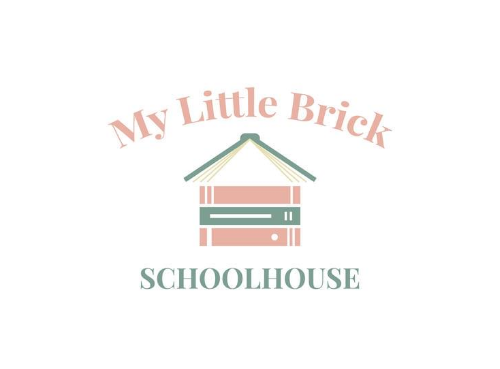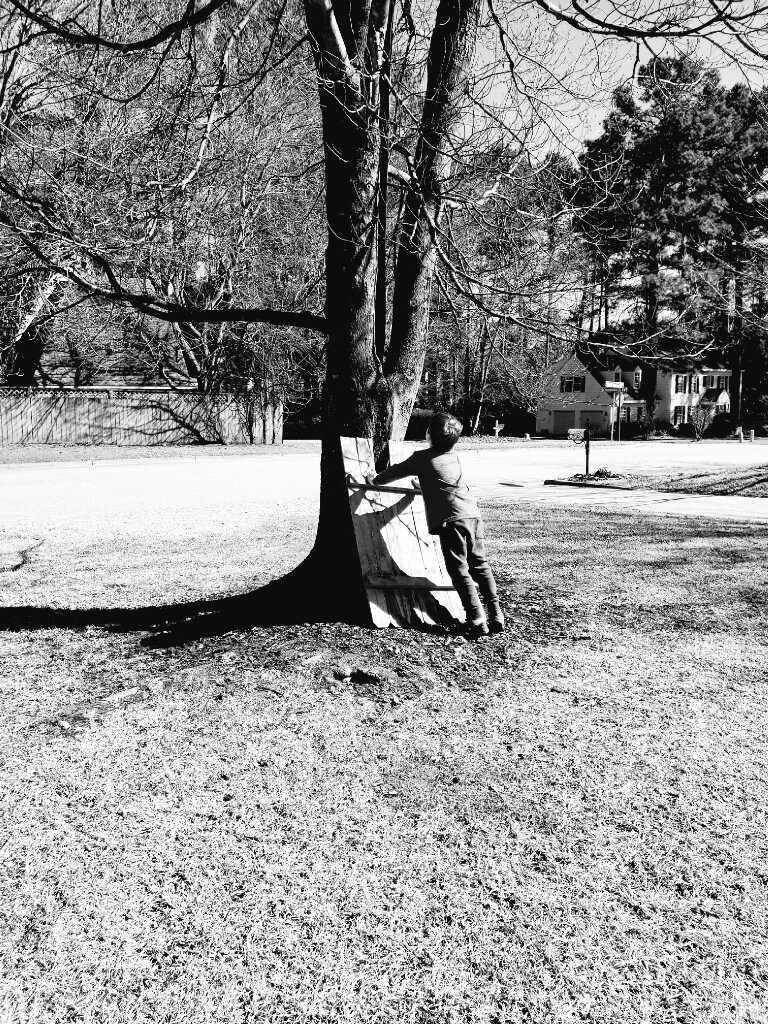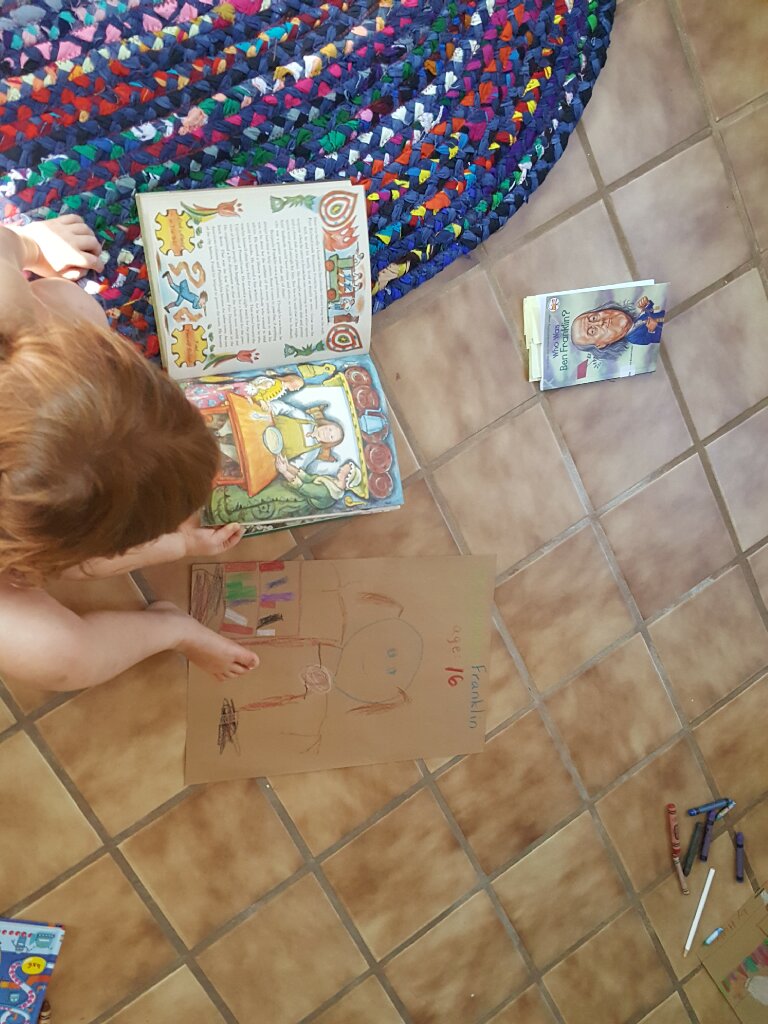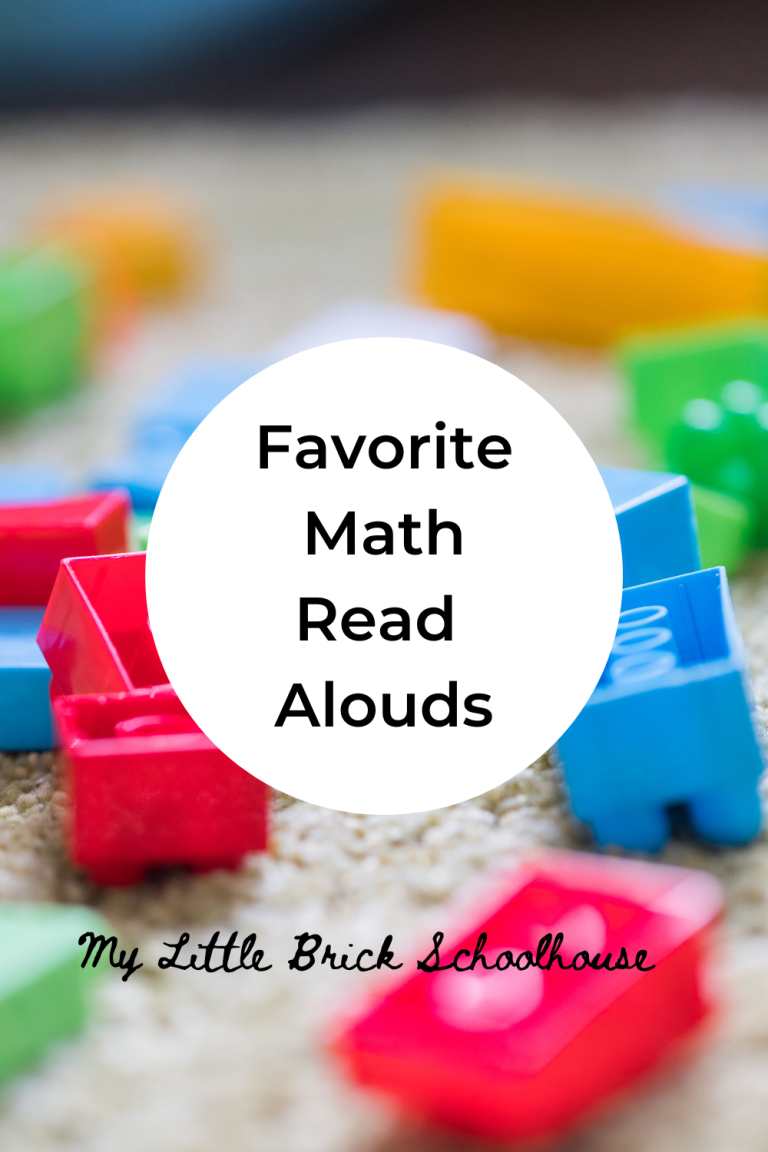This Is What Every Homeschool Bookshelf Needs: A Living Picture Book Biography Collection 
(Even if you only have one or two good picture books in your stash, that’s a win.)
Disclosure: As an Amazon associate, I may earn a small commission from the purchase of some of these living biography picture books, at no additional cost to you. I thank you for your support!
I am thoroughly enjoying this season of life, as it relates to read-alouds. Plopping myself down with a good picture book, I announce that it is time to read. Within a second, I have the bees buzzing up to the hive and all is well.
In fact, I cannot tell you how much I relish this time. Two or three kids surround me; their sweet heads rest inside the crooks of my elbows.
What’s on the menu today? I pull out a hardcover book with whimsical and detailed illustrations on its cover. In an instant, my daughter recognizes the work of the illustrator.
“This is a John Hendrix book!”
It sure is.
I mention the title: A Boy Called Dickens (by Deborah Hopkinson). I crack it open and we are immediately taken on a flyover chase around London’s (almost) Victorian-era streets. The year is, well, long ago. We can see that. It would be helpful if the author gave an exact year, but in reading the author’s note, we can find out that British novelist Charles Dickens lived from 1812 to 1870. This dreamlike picture book brings the reader in touch with the life of London’s poor youth.
The chase-like scene sucks the reader in. Where did Dickens go? Oh, there he is!
As the family gathers round for this reading, we learn that Charles Dickens had a dream to write stories, and was quite adept at telling them. However, he had to overcome a major obstacle to realize his dream of becoming a true writer.
I will not spoil it for you, but will point out that this book is one of a few that I would deem “living”.
One hallmark of a Charlotte Mason education is the reading of good, living books.
“Our business is to give him mind-stuff, and both quality and quantity are essential. Naturally, each of us possesses this mind-stuff only in limited measure, but we know where to procure it; for the best thought the world possesses is stored in books; we must open books to children, the best books; our own concern is abundant provision and orderly serving.”
Charlotte Mason, A Philosophy of Education
What, you might ask, is a living picture book?
Living books, generally speaking, have a few common elements (paraphrased from Simply Charlotte Mason website):
- They are written in narrative form, by an author who is passionate about the subject on which he/she is writing.
- They are well-written and include a lot of description.
- They feed the imagination and ignite the emotions.
- They contain living ideas, which spur the reader on to beauty, truth, awe, joy, confidence, compassion, etc. “Ideas are sparks of truth passed on from a greater thinker to another mind” (https://www.amblesideonline.org/art-definition)

How does one detect a good, living book?
Usually, it only takes me a minute or two. I read the book’s first page. I skim the middle of the book. I flip through the artwork on each page. Oftentimes, a good illustrator will accompany a well-written book ( but not always). I take into account how the author presents the material, and how engaging the story is for children and adults alike. Sometimes, I read the author’s note at the end of the book. I skim to ensure there are not any hidden agendas or glaringly inappropriate themes. These actions are what make up my quick “test”.
Let’s take a look at an example of a living picture book “opener”. The first page of A Boy Called Dickens beckons me to plunge into its setting. (As a side note, I would say this book is written for anyone about seven years old and up.)
“This is old London, on a winter morning long ago. Come along, now. We are here to search for a boy called Dickens. He won’t be easy to find. The fog has crept in, silent as a ghost, to fold the city in cold, gray arms.
Maybe the boy is down by the river – the thick, black Thames. There are ragged children here, to be sure, scrambling for bits of copper and wood to sell.”
What did you learn from reading the first page?
I learned that the setting is London, a long time ago. Foggy London is by the River Thames, and at that time there are many children on the streets who are trying to sell what they can find to make a little money. I am still left wondering what year we are in, but that is not a deal-breaker, I suppose.
The first page is an excellent way to draw the reader in. Throughout the book, Deborah Hopkinson uses vivid description, quotations, and clear transitions between time periods. She weaves living ideas of perseverance and motivation into the story, as well as includes important facts. Exposing children to biographical history in this way is more enjoyable than reading an encyclopedia article on the life of Charles Dickens, in my opinion.
I stand up and grab another living biography off the bookshelf (or out of the book basket, in our case).
Maybe the kids will find this one endearing, I think to myself.
The title is Tad Lincoln’s Restless Wriggle: Pandemonium and Patience in the President’s House. Written by Beth Anderson, it paints the picture of a loving and patient Lincoln with his impulsive, yet loveable son, Tad. You might know the Lincolns’ story. After losing a child, they have Tad: a vivacious, benevolent child, who is hard to understand when he opens his mouth, but has a heart to serve others. This book is also pretty captivating, at first glance. While it does show the everyday concerns of the president amid war, it does more than that. It highlights the uncertainty and trials of war, while also emphasizing the importance of charity and familial understanding. Beth Anderson paints a picture of a winsome and sincere boy: Tad Lincoln. The opening page is quite simple, but accomplishes its purpose:
“Thomas Lincoln wriggled from the moment he was born. Like a tadpole, thought Abraham, and he called his son ‘Tad’. The name stuck. So did the wriggle.”
I believe the reader could learn something about the demands of daily presidential life after reading this book, but even more, the reader is acquainted with the humanity of a presidential family. A very nice author’s note is included in the back, with photographs of the Lincolns.
Now, for the book that surely engages children’s minds in more ways than just the historical: the engineering and innovative nature of Mr. Ferris and His Wheel by Kathryn Gibbs Davis and illustrated by Gilbert Ford will hook young engineers’ brains. Themes of dreaming big and tenacity to persevere in the midst of criticism are central here. Mr. George Washington Gale Ferris, Jr. was the mastermind behind the unlikely monument that would become a landmark and mainstay of modernity: the ferris wheel. Learn about the process, from design to implementation. Read about the ferris wheel’s debut at the Chicago World’s Fair in 1893.
The first page test results in an easy decision to take the book home:
“It was only ten months until the next World’s Fair. But everyone was still talking about the star attraction of the last World’s Fair. At eighty-one stories, France’s Eiffel Tower was the world’s tallest building. Its pointy iron and air tower soared so high that visitors to the top could see Paris in one breathtaking sweep.”
How does this page make you feel? What does the page paint in your mind?
I think you will find that the pages in Mr. Ferris and His Wheel are packed with facts, ideas, and artistic depictions of an era in time that showed our world was surely changing, with innovation and new technology at the forefront of science.
What should the result be, for our children, after reading living books? Delight and wonder are two things that should arise. “This delight will arise from the experience of receiving those sparks of truth from the author” (https://www.amblesideonline.org/art-definition).
How about you, Mom or Dad? Shouldn’t you also experience delight in reading living books, too? I think so.
After evaluating my selection of books today, I must ask myself, “Why do I love the mid-to-late 1800s so much?”
Maybe you’ll find a time period that draws you in. Or perhaps you will be drawn to a particular group of people – inventors, artists, politicians, writers, explorers – and will want your children to take hold of the living ideas written about the lives of such notable women and men. Flawed humans, yes, but significant to history.
Think about what you want to read with your children this summer, “Mom” or “Dad”.
I hope your summer is filled with picture books that tell stories about people who accomplished great feats, lived lives that are different from your own, and most assuredly, were real humans who have a lot in common with you, too.
Some of you might be familiar with the Charlotte Mason method of narration. I am linking my narration matrix to this post for families who want to take reading aloud a step further.
Recapping the Books:
Tad Lincoln’s Restless Wriggle
References:
Anderson, B. (2021). Tad Lincoln’s restless wriggle: Pandemonium and patience in the president’s house (S.D. Schindler, Illus.). Calkins Creek.
Davis, K. (2014). Mr. Ferris and his wheel (G. Ford, Illus.). Houghton Mifflin Harcourt Publishing.
Hopkinson, D. (2012). A boy called Dickens (J. Hendrix, Illus.). Schwartz & Wade Books.






4 Comments